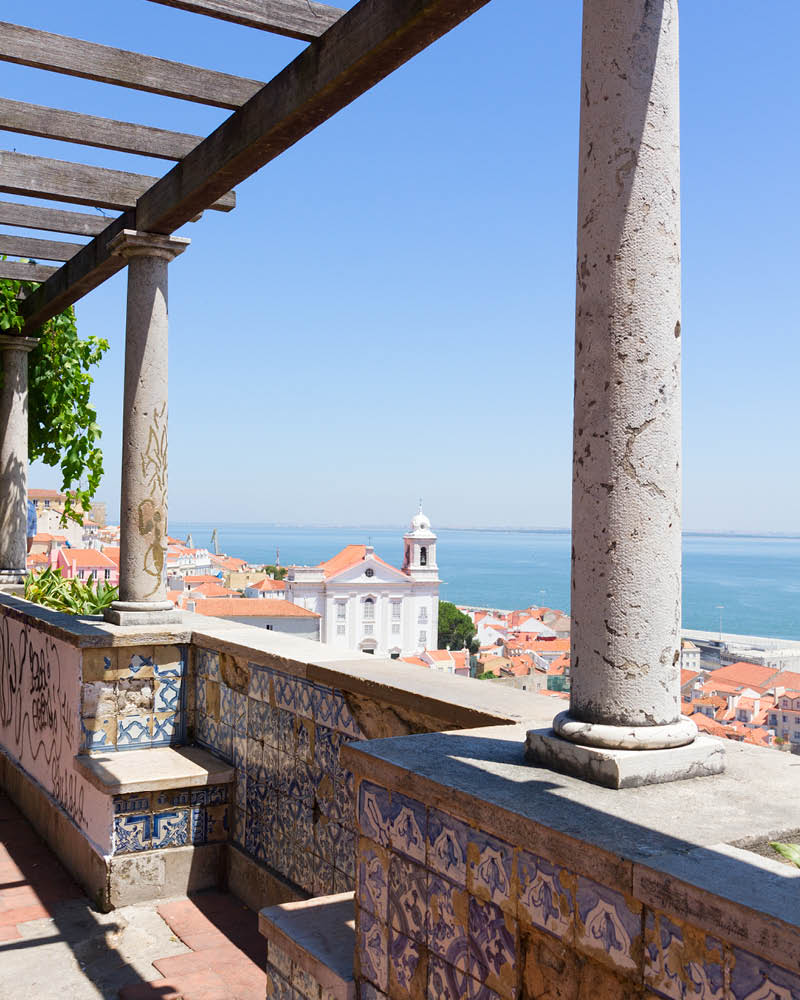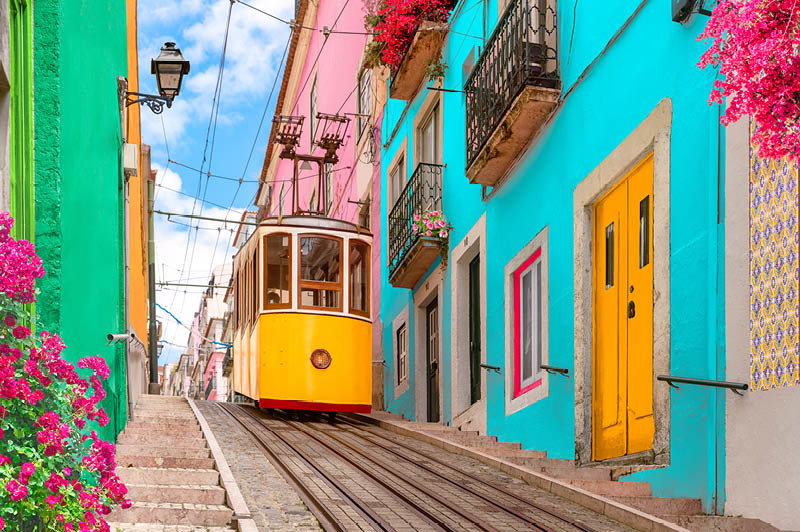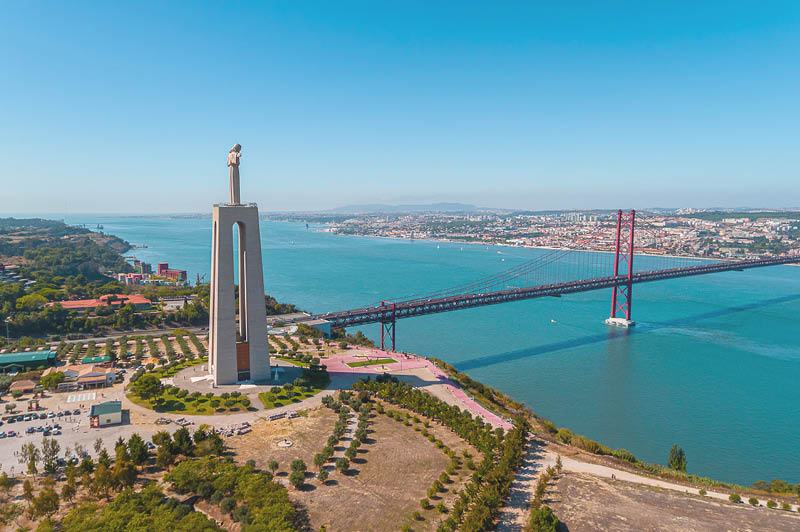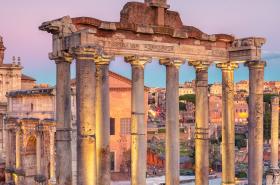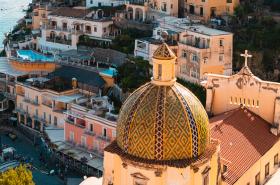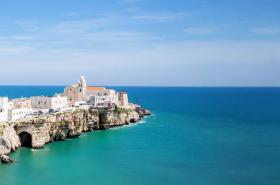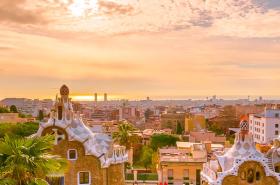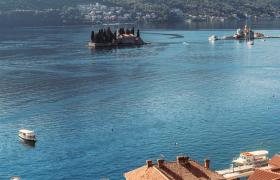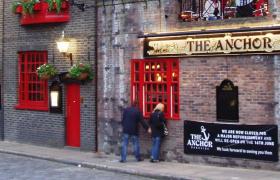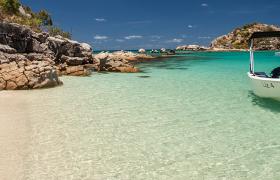With a ravishing waterfront setting, and beguiling blend of timeless sights and trend-setting additions, Lisbon is one of Europe’s most memorable city breaks - and a standout port of call on many ocean cruises. Here’s why the Portuguese capital is such a one-of-a-kind destination.
PICTURESQUE APPEAL
Blessed with a winning climate - it rivals Athens, Madrid and Valletta for the mantle of Europe’s sunniest capital - Lisbon is a joy for snap-happy tourists, with its glorious cityscape bright and radiant more often than not. Photogenic surprises greet you around almost every corner but for guaranteed camera-pleasing vistas, make your way to the miradouros (lookouts) that crown the city’s hills. They typically afford jaw-dropping panoramas over a sea of terracotta rooftops, and look out towards the Tagus River, which flows into the nearby Atlantic Ocean. Lisbon’s highest observation deck, Senhora do Monte, nestles beside a 12th century chapel of the same name in the Graca neighbourhood, while the Baixa district, closer to downtown, boasts the Miradouro de Sao Pedro de Alcantara, a landscaped terrace with an alternative sweeping view. It's located across from the medieval St George’s castle - another spot, incidentally, with a terrific viewpoint of the city.
NEIGHBOURHOOD RAMBLES
It might take longer than planned to reach the miradouros because most thread through fascinating enclaves packed with historic diversions and hidden gems. An interesting way to reach the summits of Graca, and the castle, is via the Alfama district. A contrast to downtown’s neoclassical squares and palatial buildings, this maze-like area resembles a Moroccan medina in parts, with its steep, tightly-packed, winding cobblestone alleys. Laundry clings to lines outside timeworn apartment windows and the mournful sounds of fado, traditional Portuguese music, drifts from local bars and cafes. Walls are adorned with pops of street art and intricately-patterned azulejos (glazed tiles), with exotic trees and potted plants also sporadically catching the eye. It’s all delightfully atmospheric - and, handily, if you’re here on a cruise ship, Alfama is just a quick hop across the street from the cruise terminal.
SCENIC RIDES
Though it’s a treat to explore on foot, Lisbon also has some unmissable modes of transport, from sightseeing boats on the Tagus to vintage funiculars (including the clunking Gloria lift, which links the Baixa and Bairro Alto neighbourhoods). The most famous way to travel is by tram, especially aboard the iconic white-and-yellow ones, like the number 28, which ventures east-west through Lisbon’s historic centre. The modern number 15 trams are worth riding, too. Gliding along the riverfront, they’ll drop you off outside the LX Factory, a sprawling converted industrial complex with studios, independent shops, cosmopolitan bars and eateries, dance clubs and exhibition spaces under the mighty Ponte 25 de Abril - a suspension bridge that resembles San Francisco’s Golden Gate Bridge. Hop back on the tram to Belem, a storied district with UNESCO World Heritage status and major landmarks dating from the Age of Discovery, when Portuguese seafarers like Ferdinand Magellan embarked on expeditions to far-flung corners of the globe, establishing trading posts and colonies in Asia, Africa and the Americas.
TANTALISING TASTES
Belem spawned one of Portugal’s gifts to the world: the pastel de nata. Monks at the district’s Jeronimos Monastery began making these flaky custard tarts in the 17th century, and you can enjoy them all over the city, including at the Pasteis de Belem, an azulejo-clad bakery-cafe next to the monastery. If you fancy trying to craft your own tarts, sign up for cookery and bakery classes at the Time Out Market Lisbon, a bustling foodie haven in the portside Cais do Sodre district. Inside this restored market building, you’ll find over 40 vendors, serving everything from Atlantic fish and seafood to spicy vegetarian-friendly offerings. Pair them with tipples from Portugal’s diverse wine-making regions. If you’d prefer to wine (or cocktail) and dine alfresco, there are numerous options in Lisbon where tables and chairs spill out onto cobbles and courtyards. There are also plenty of swanky rooftop bars and restaurants, some capping hotels like Hotel Mundial and The Vintage.
OUT-OF-CITY ADVENTURES
You could easily spend a long weekend in Lisbon - the city also has a range of excellent galleries and museums - but there are heaps of potential day trips if you'd like a change of scenery. Take a river ferry from Cais do Sodre to Cacilhas, where you can hike up to Lisbon’s answer to Rio de Janeiro’s Christ the Redeemer monument. Upscale coastal towns like Estoril and Cascais seduce beach-goers, while for flamboyant palaces and castles, woodland walks and lush gardens, stick Queluz and Sintra on your itinerary. If you’re looking to extend your Portuguese trip, Evora, with its ancient Roman ruins and walled medieval city, is a star of the Alentejo region. Porto - the country’s buzzing second city - is another possibility, while the sun-kissed Algarve also tempts, with its medieval hilltop towns, cosmopolitan resorts and spellbinding coastline.


